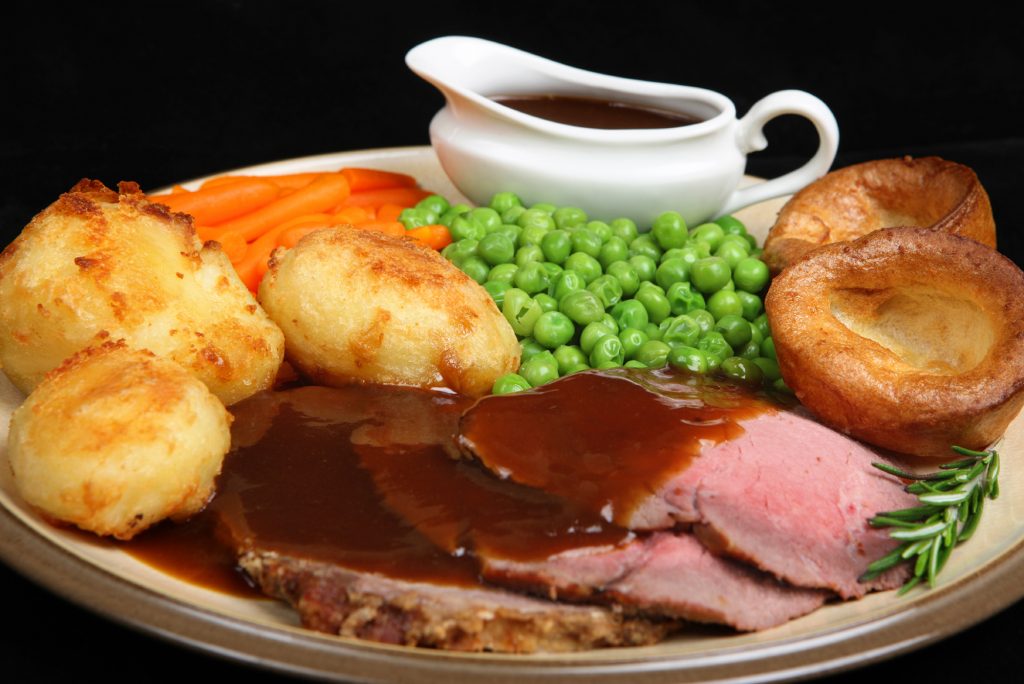
How to use categories and tags on your blog
8 May 2017Morning all! Leigh here. I get asked a lot about how to use categories and tags for a blog, so I thought I’d write a little article to help you all out a little. If you’ve been through one of our WordPress training sessions or you have a website with us, you’ll probably have heard me say something like…
The main use of categories and tags is to organise your articles and make it easier for your readers to click around your website and find what they’re looking for. There are no hard and fast rules, so I encourage clients to keep it simple where possible. Also remember that you can go back and add categories / change categories and tags once you’ve written a few blogs.
When thinking about how to use categories and tags, I use the analogy of a recipes blog.
So, imagine this. You are looking for a recipe for beef stroganoff. You Google ‘Beef Stroganoff recipes’ and land on a blog article about, funnily enough, beef stroganoff. This website actually has lots of recipes, but you don’t know that yet. Your friend is coming over and your favourite food is stroganoff, so you’re pretty focused on that.
On reading the recipe and instructions for stroganoff, you realise you don’t have any paprika or brandy and you don’t have time to go shopping.
The stroganoff recipe has its categories and tags showing as follows:
Categories: Main meals, Recipes for Entertaining, Easy recipes
Tags: beef, butter, onion, mushrooms, tomato purée, Dijon mustard, paprika, beef stock, beef fillet, black pepper, brandy, soured cream, parsley
So, as you can see the categories refer to types of meals. If this blog was a book, the categories would be similar to the contents list at the front of the book.
The tags refer to all the ingredients in the recipe, similar to the index at the back of a book.
However, you don’t have paprika, but you remember your friend really likes beef stew, so you click on the ‘beef’ tag and that leads you to all the other recipes tagged ‘beef’. Or may be you decide you like the website and want to see what other ‘recipes for entertaining’ they have.
Either way, the categories and tags help you to find other relevant information that’s helpful to you. This is great for your website rankings and great for customer user-friendliness.
From a blog writer’s perspective, categories are an organisational tool that help you group your blogs which in turn helps your customers find what they’re looking for. The easiest way to decide what tags to use is to – as they used to say on the game show Catchphrase – ‘say what you see’. As a starting point, think about the ‘keywords’ you might use to get people to come to your website.
As an example, I’ve used one category for this blog, Websites. If you were to click on the category below, you’ll see all our other articles in that category.
The tags below are similar and because all tags and categories show up as links, they help your SEO (Search Engine Optimisation) and Google rankings as well.
If you have any questions about tags and categories, get in touch here


